
Action and Standing a Round
If I understand Emerson correctly, his allegory of photography contends that, while photography may look like shopping at a flea market, it’s really more like standing a round at the bar.

If I understand Emerson correctly, his allegory of photography contends that, while photography may look like shopping at a flea market, it’s really more like standing a round at the bar.

In an advertisement, the only intention that matters is to sell a product. All manner of decisions can and do saturate an advertising image, but these are subordinate to the purpose (Zweck) of selling the product. In a successful work of art, all kinds of decisions are subordinate to a larger intention as well; but that intention is analytically identical with the meaning (Zweckmäßigkeit) of the work, so it makes sense to speak of the work as a whole as saturated with intention. As we saw, art-commodities may well bear the marks of industrial processes. A work of art may, on the other hand, choose to exhibit them, which is a different matter altogether. We can tell the difference between bearing marks and exhibiting marks because works of art tell us how to tell the difference, each time.
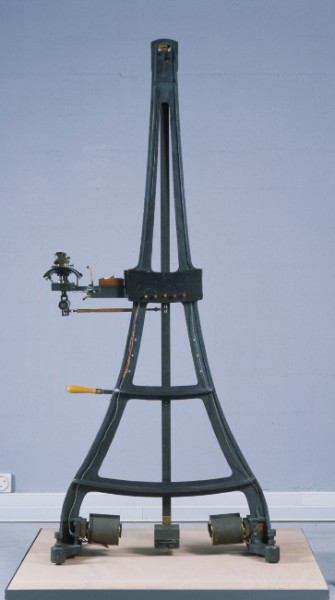
It is to the afterlife of optical telegraphy that this article turns, less to trace a linear technical history characterized by patterns of evolution and decay, rupture and regress, than to suggest that visuality continued to inflect the subject of telegraphy in France after the 1850s, and to draw out some of the ways in which telegraphy provided a means of conceptualizing the historical meaning of diverse media. As the century progressed, the emergence of other media with an ability to conjure the past—most notably photography, in its various forms—did not lead to a decline in telegraphic metaphors: rather, it gave them new life.
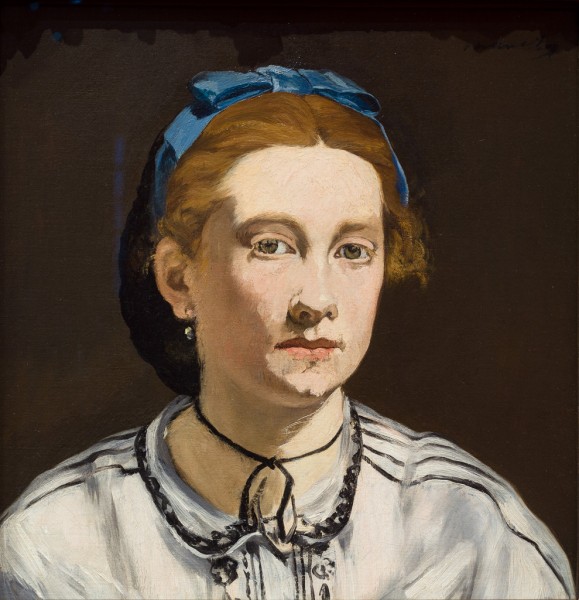
We need to look more specifically at the kinds of formal effects typical of photography at mid-century in order to see Manet’s profound engagement with this new image paradigm. We also need to think about the photograph as an image whose source was not human, but optical and mechanical, and thus mysterious. Like Balzac, Manet was primarily concerned with the human, social world, but in Manet’s case, the ommatophore of the camera—the automatism of an eye on a stalk—has a greater presence than we have previously acknowledged.

Even the seeming agency of individual taste becomes an ossified representation of categorized, predictable choices and habits such that, according to class, education, and political leanings, individuals could be predicted to demonstrate affinities for Bach or Brassens, Le Monde or Le Figaro, tennis or football, a tidy or a harmoniously designed home.
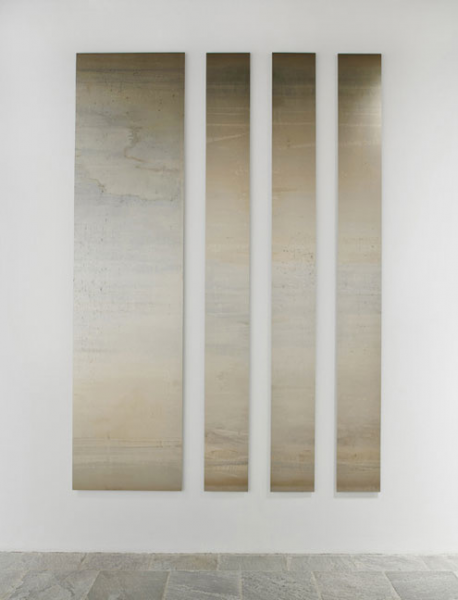
Deschenes then begins to build into the logic of each of her photographs a specific quality – scale, frame, posture, and sometimes color. This is what abstraction means, in case we have forgotten: a work of art does not “look abstract” and it “is” not “an abstraction.” A work of art abstracts a specific quality. Sometimes such qualities derive from observation: a subject can be abstracted, but that does not mean that it is rendered blurry or otherwise stylistically abstract.

Photography is—as I hope to demonstrate—radically anti-Cartesian. It shows us that there really is a world, that it wants to be seen by us, and that it exceeds our capacity to know it. Photography also shows us that the world is structured by analogy, and helps us find our place within it….Each of us is connected through similarities that are neither of our making or our choosing to countless other beings. We cannot extricate ourselves from these relationships, because there is no such thing as an individual; the smallest unit of Being is two interlocking terms. There is also nowhere else to go.
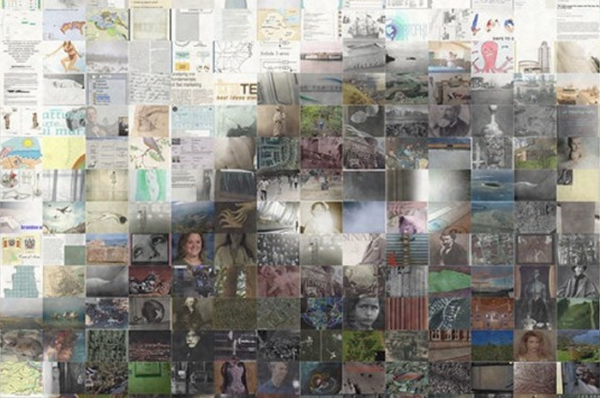
Photography helps us to see and to feel what we are but cannot know. Then again, knowing when to trust our feelings—when we feel them to be right and not just ours—is not just a matter of affect, but of assertion, about what we think others could have meant. Not knowing what they could have meant does not mean they did not mean something or that we cannot know it. Properly acknowledging one’s “kin” requires that we risk the public and corrigible claim to understanding what was said.

It will, I want to argue, be hard to describe Owen Kydd’s practice as appealing to the plurality of the medium against Art; on the contrary, it will be better understood as doing just the opposite, as redeploying the idea of the medium precisely on behalf of the idea of Art—and against a pluralism that is not only aesthetic but political.
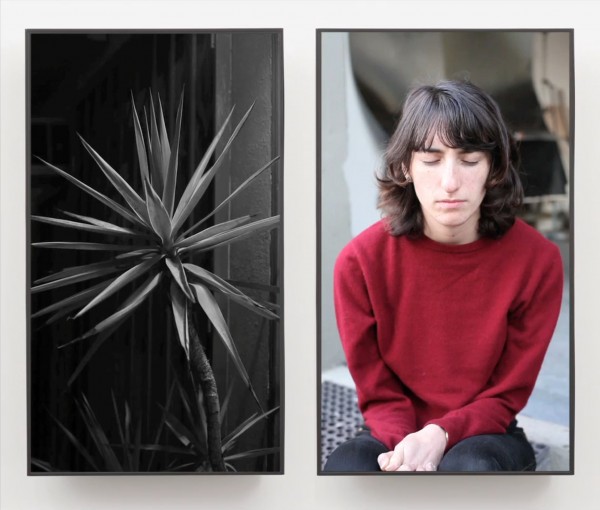
I do not have this privilege because I have seen the works only on the small screen that, to many of us, is the whole world. These screens in our offices and homes are more isolating than even the whitest of white walls in the most pristine of white cubes. They are much more theater-like than even those small project spaces which resemble theaters—ones in which patrons are constantly walking in late and leaving early—which Kydd presumably meant to reject in favor of placing his works on gallery walls. An increasing number of artists with access to technology and a gallery have made a similar choice.
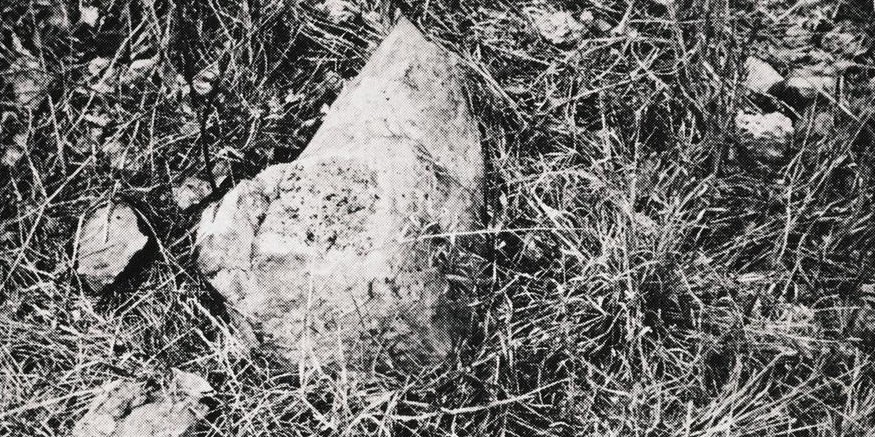
It has been a defining and enduring feature of photographic discourse up to now that automaticity and automatism have been available to us through photography. An important task for the history of photography will be not just to invoke photography’s automaticity, but to describe—for any photographic work or enterprise it takes up—the nature and importance of its automaticity in that instance or set of instances.

I am going to abstract, here, from the ideas of “automatic” and “automaticity,” and from “mechanism” and “mechanicity,” in order to focus on the following question: how should the idea of “automatism” be understood, and what theoretical resources can be used to illuminate it?